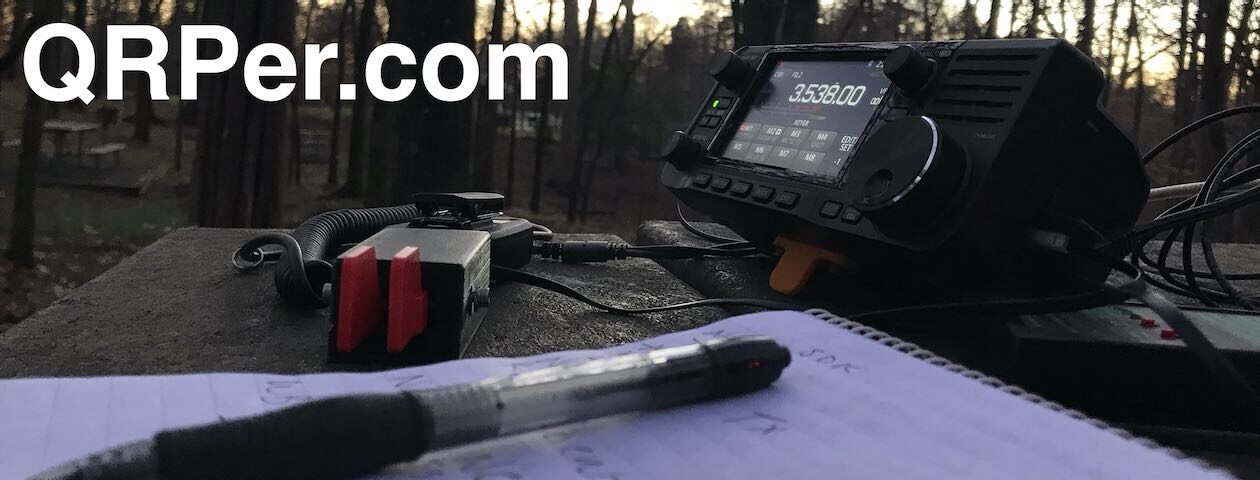On Tuesday, March 28, 2023, I packed my Elecraft KX3 and took it to the Zebulon Vance Historic Birthplace (K-6856) for a nice, relaxing, early afternoon POTA activation!
It had been a few months since I’d taken the KX3 to the field and it really does deserve some outdoor time because…well…I still think it’s one of the best HF field radios on the market.
I’m spoiled, though, because I also own a KX2 and it does 80% of what the KX3 does, is much smaller, and sports a very long-lasting internal battery. Because of this, my KX2 gets way more field time and the KX3–hooked up to a KXPA100–is my main radio in the shack.
When I make an activation video in the field, I like using a speaker rather than recording from the line out of the radio. Besides the extra post-processing, sometimes the line-out audio from left and right channels are out of phase from each other and end up cancelling each other out in YouTube videos if listening in mono. I recently learned how to fix this, but I find the whole process just adds *that* much more time to post-processing and I’m always pressed for time.
The Elecraft KX3 has a built-in speaker, but it’s pretty anemic. I almost always pair the KX3 with an external speaker to amplify the otherwise excellent KX3 audio for my activation videos.
On this particular day, I had a new speaker to try as well: an Anker Soundcore Mini. I purchased this speaker on the same day I posted Mike’s speaker search and review of the Soundcore Mini. Although I have a Sony SRS-XB12 portable speaker and love it, they’re no longer produced and the battery life isn’t quite as good as the Soundcore Mini (Anker states up to 15 hours per full charge).
This activation would give me an opportunity to really test the Anker Soundcore Mini in the field. In the end, it did a brilliant job.
I should note that I also brought my Blue Ridge Overland Gadget Bag (see above) to the field that day, so I include a little tour and overview of this pack in my activation video.
I did recently post a review of the BROG Gadget Bag here on QRPer as well.
Zebulon B. Vance Birthplace (K-6856)
 As I mention in my activation videos, Vance is a small park and, unless you plan to operate from your car, there’s really only one good site to set up: in the picnic shelter. Thing is, if a school, club, or civic group is scheduled to meet that day, the picnic shelter will almost certainly be reserved for them.
As I mention in my activation videos, Vance is a small park and, unless you plan to operate from your car, there’s really only one good site to set up: in the picnic shelter. Thing is, if a school, club, or civic group is scheduled to meet that day, the picnic shelter will almost certainly be reserved for them.
 Each time I activate Vance, I ask the park staff in advance if the picnic shelter is reserved and if it’s okay if I perform the activation. Fortunately, the shelter is reserved only about 20% of the time. On days when it’s reserved, I simply activate elsewhere.
Each time I activate Vance, I ask the park staff in advance if the picnic shelter is reserved and if it’s okay if I perform the activation. Fortunately, the shelter is reserved only about 20% of the time. On days when it’s reserved, I simply activate elsewhere.
On the 28th, I had the site to myself and the staff encouraged me to activate as long as I wanted to. Continue reading Field Report: BROG Gadget Bag Tour, New Anker Speaker, & Pairing the KX3 w/the MC-750 for Serious QRP POTA Fun!






















































